movements materialising momentarily ST PAUL St Gallery, Auckland University of Technology
(2015)

EXHIBITION DATES
31 July 2015 – 11 September 2015
VENUE
St Paul Street Gallery, Auckland University of Technology
CURATED BY
Abby Cunnane
ASSOCIATED MATERIALS
With essay by Abby Cunnane
Groundwork publication by Perimeter Books #69, 2021
PHOTOGRAPHY
Sam Hartnett

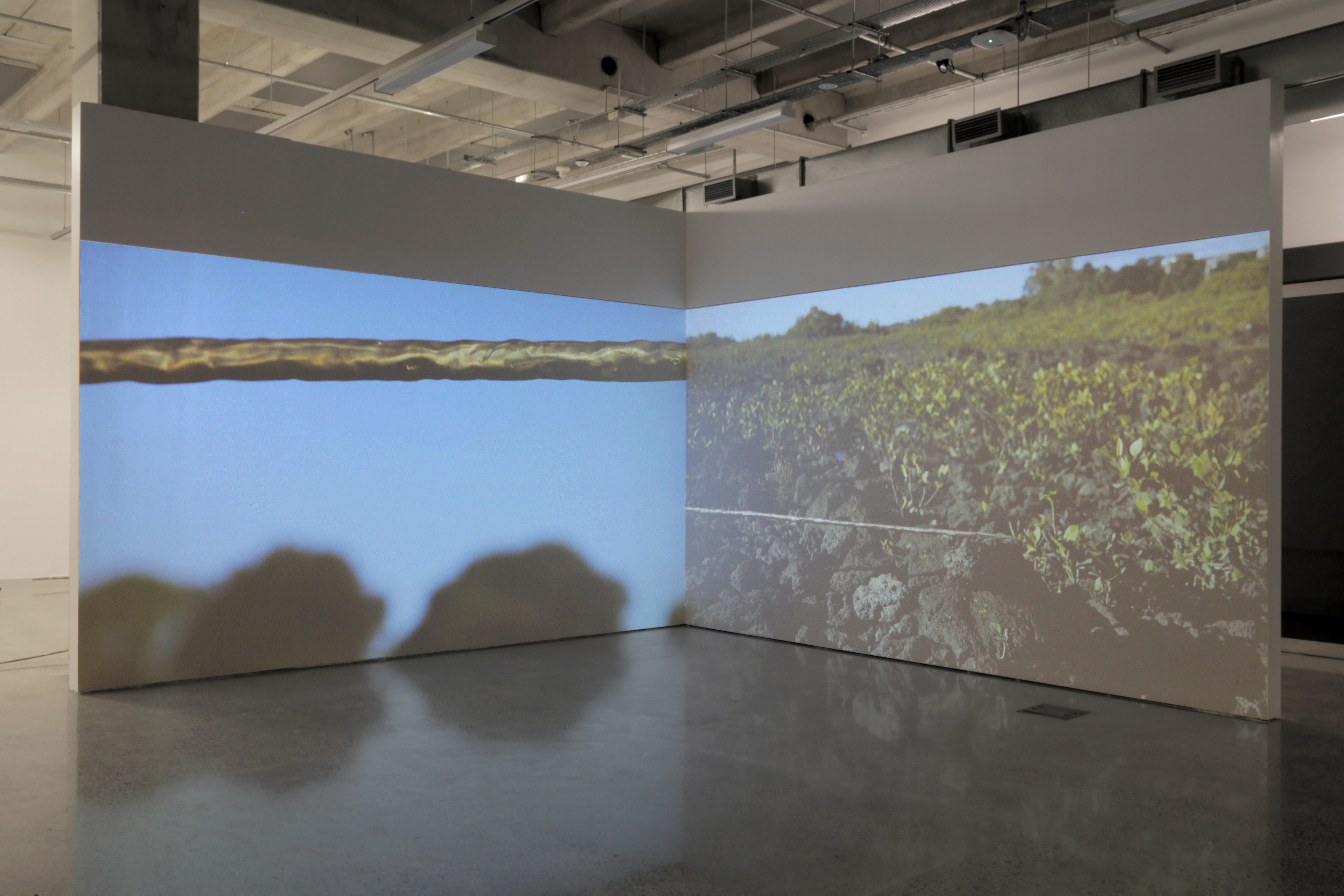
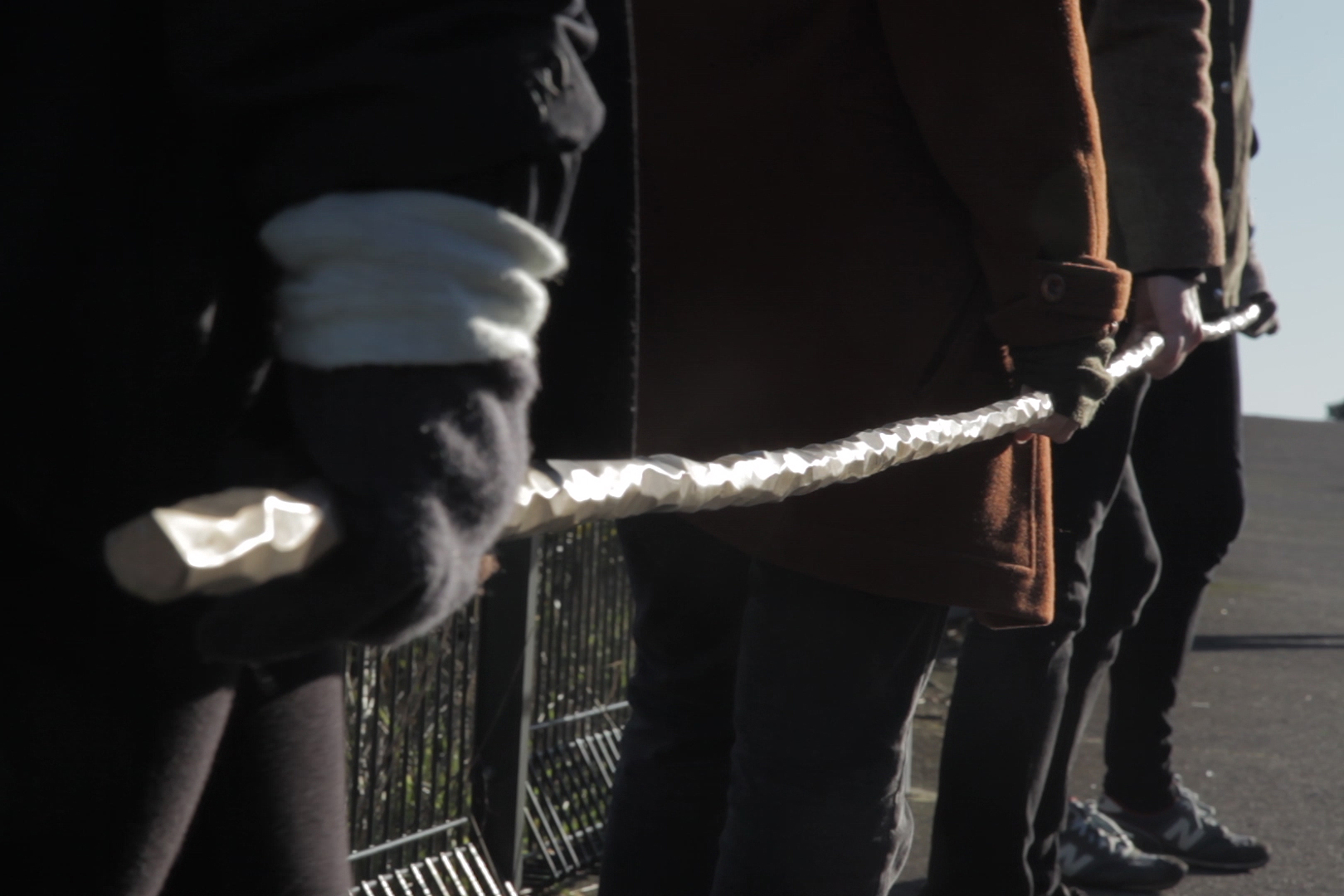
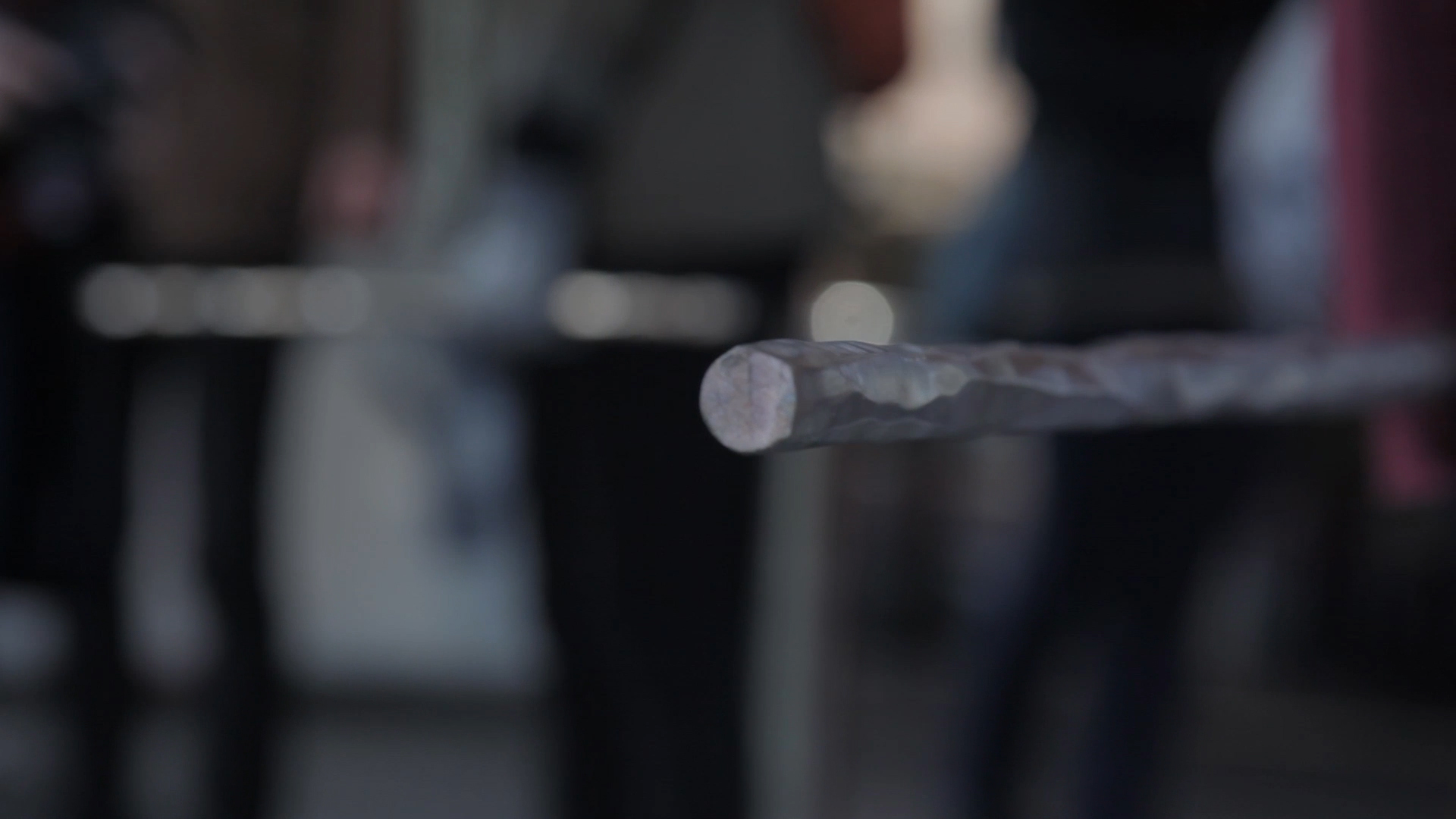
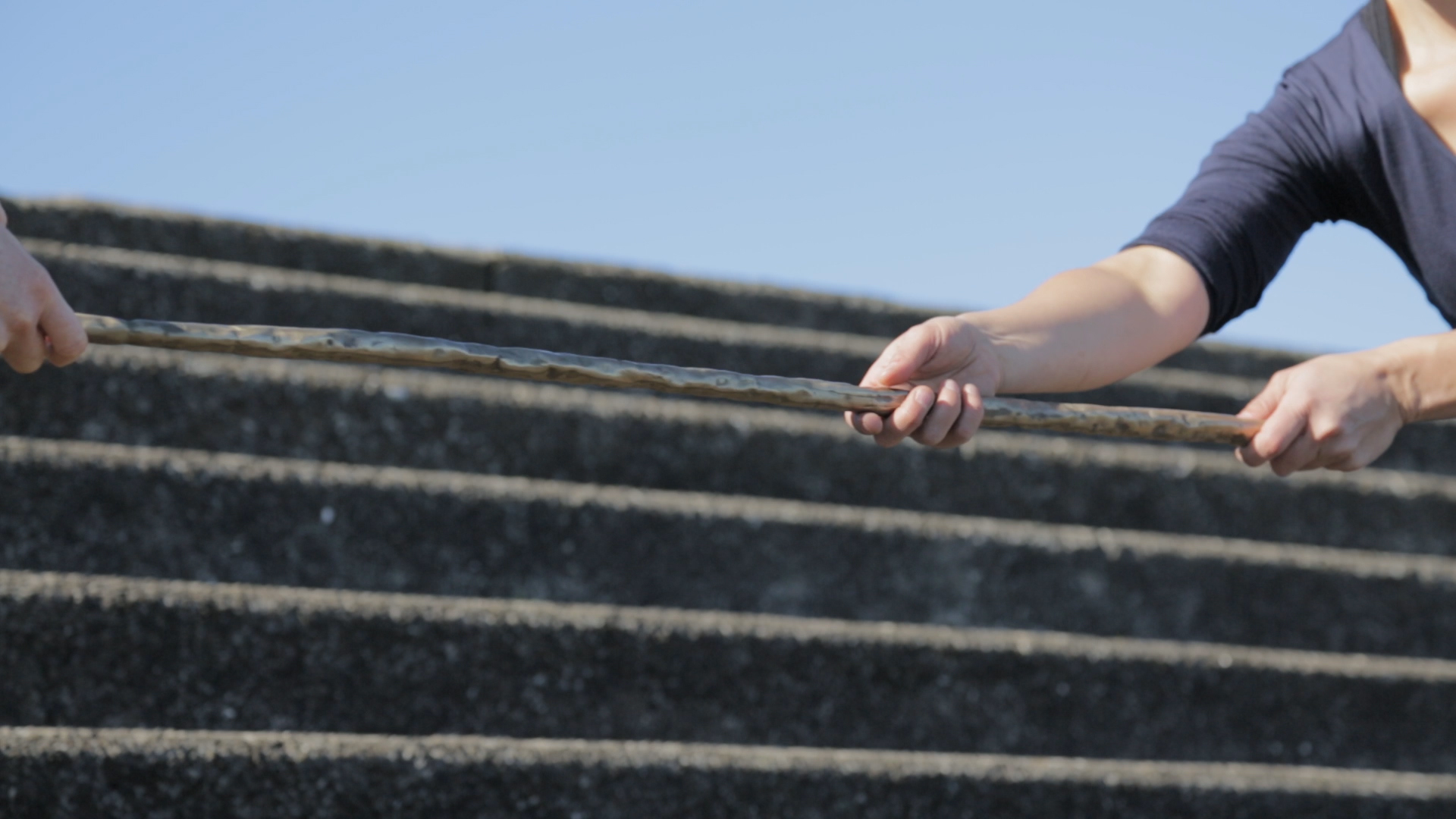
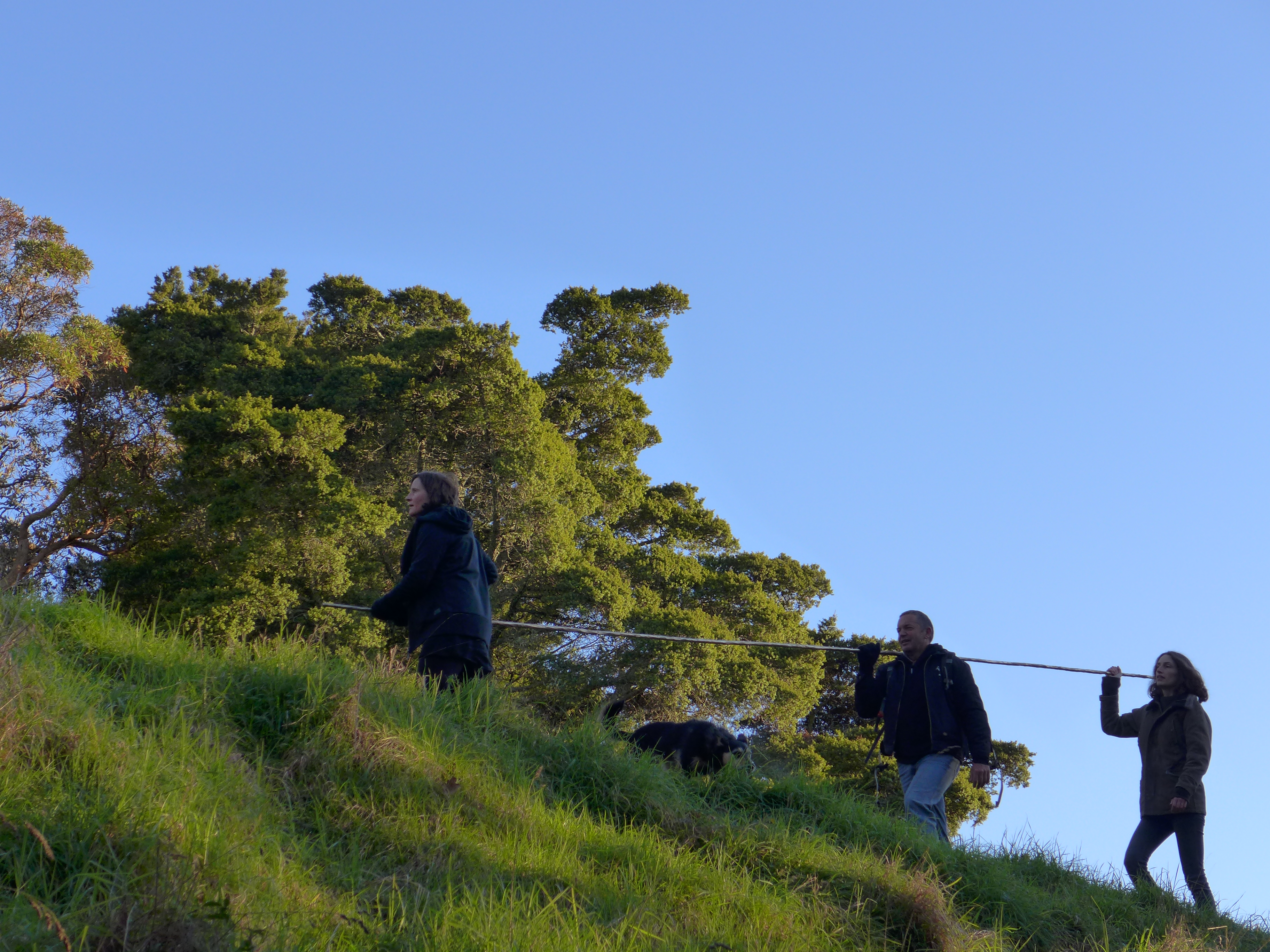

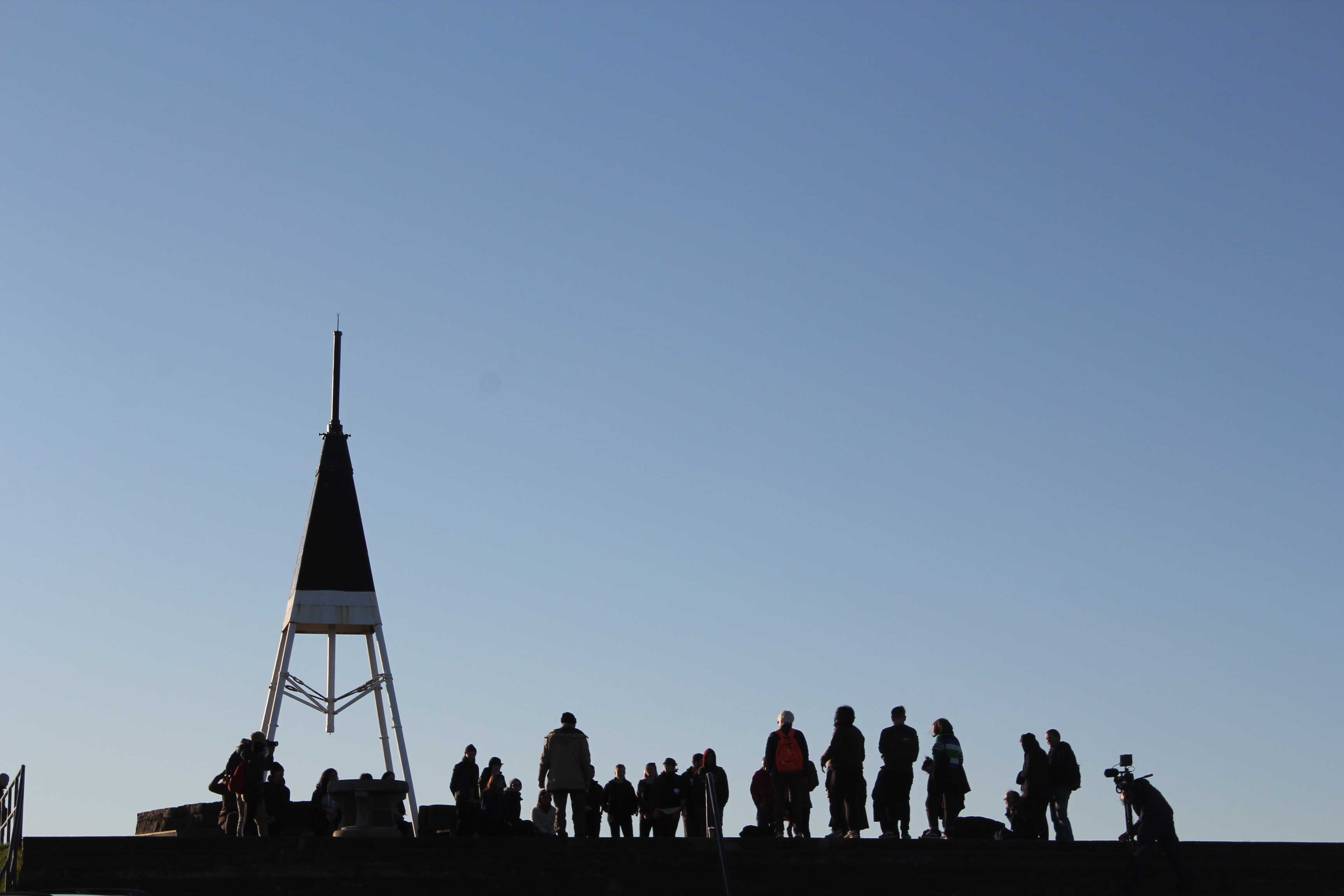
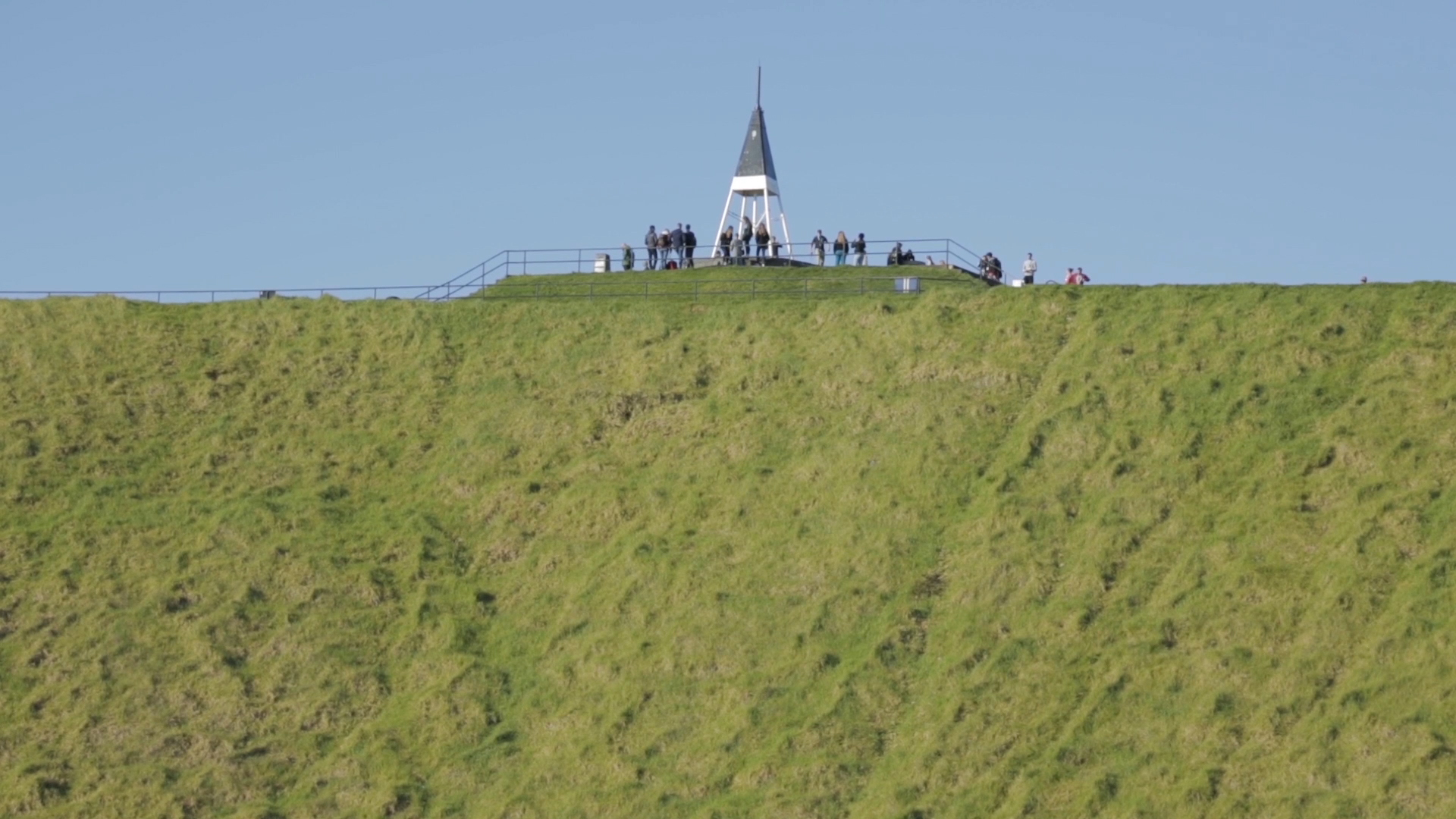
This project took the volcanic field of Tāmaki Makaurau as its primary departure point, exploring ways to interact with it socially and respond to it materially through an expanded sculptural practice involving the generation of workshops, a collaborative hīkoi, mappings, video, photography, texts and sculptural objects, culminating in an installation exhibited at ST PAUL St Gallery, AUT. These artistic responses were informed by different approaches made towards aspects of the volcanic field, including as an extended geologic form; as Māori homeland and cultural landscape; as the site of anthropogenic interventions and extractions; as a place where the colonial displacement of materials and people continues to be enacted; as surface; and as a complex of material histories. Each approach generated different relations with that field, through specific places at Te Kōpuke Mount St John and Te Tokaroa Meola Reef, Ihumātao and Takapuna, Waterview and Matukutūruru Wiri Mountain.
These places were paired in the project through considering a range of convergences related to their geological connections, the visibility of extractivist legacies within the landscape, material histories, and current ecological predicaments. As a sculptural project, this process involved paying attention to the movement of materials between the paired sites: for example, following the flow of earth dug from an urban motorway infrastructure project in the suburb of Waterview to the location where it was dumped as ‘spoil,’ over the duration of two years, into the site of the former Matukutūruru volcanic mountain at Wiri. This flow of material became the subject of a video and photographic work for the project.
As multiple movements were made towards, within and away from the paired locations of Te Kōpuke Mount St John and Te Tokaroa Meola Reef; Ihumātao and Takapuna; and Waterview and Matukutūruru Wiri, encounters with each set of sites were ‘documented’ in different ways and to excess. This process included making notes and mappings, carrying out archival research, and having innumerable discussions with companions and mentors, as well as making photographs, videos and sculptural impressions. These processes in turn informed and resulted in a series of material ‘productions’ that became the more physical aspects of the research, installed as sculptural objects contextualised within an installation format. Together these material residues resonated outwards across multiple sites, timescales, people, histories and materials – assembled into a specific constellation for a brief moment in time within the exhibition framework provided by ST PAUL St Gallery.

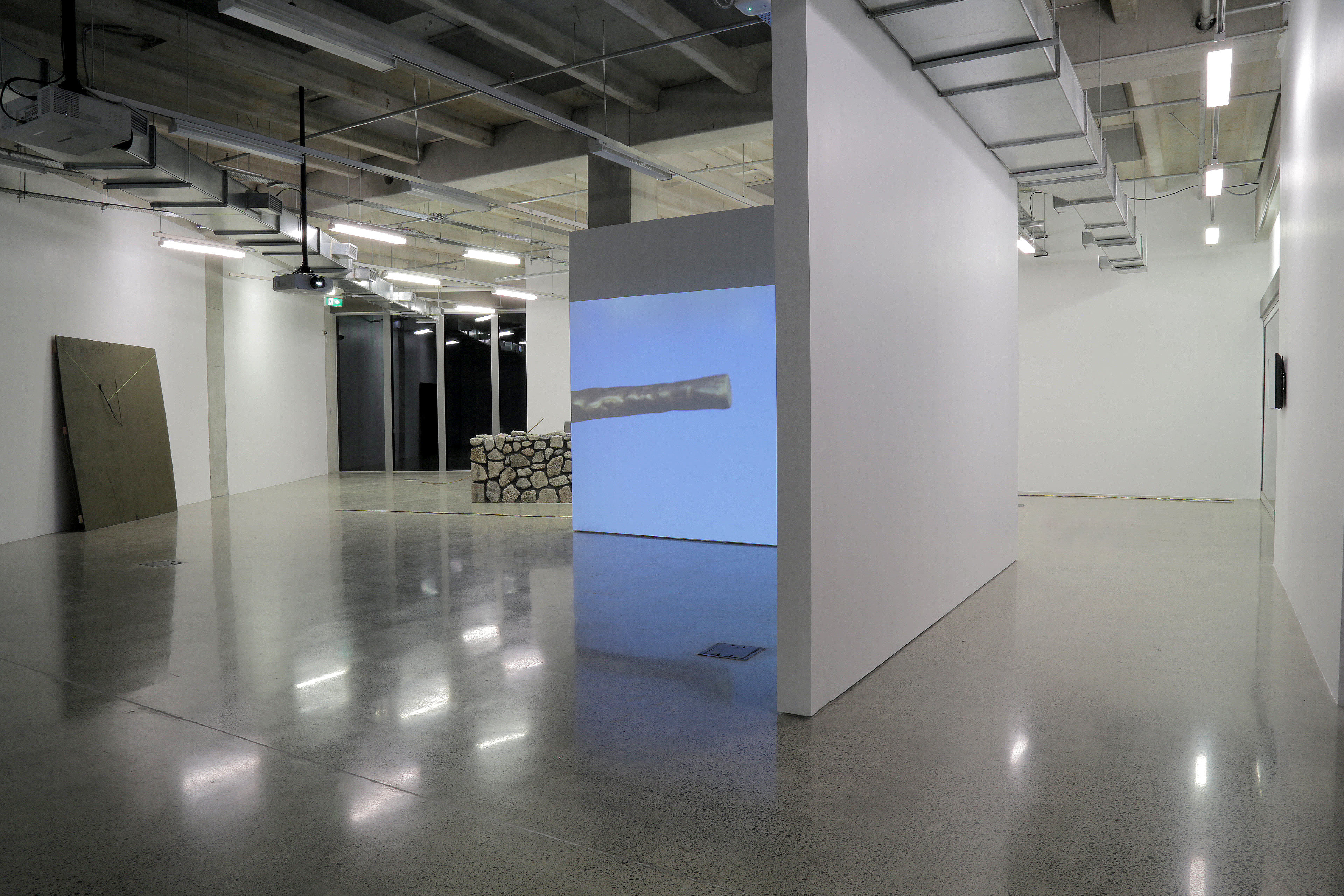

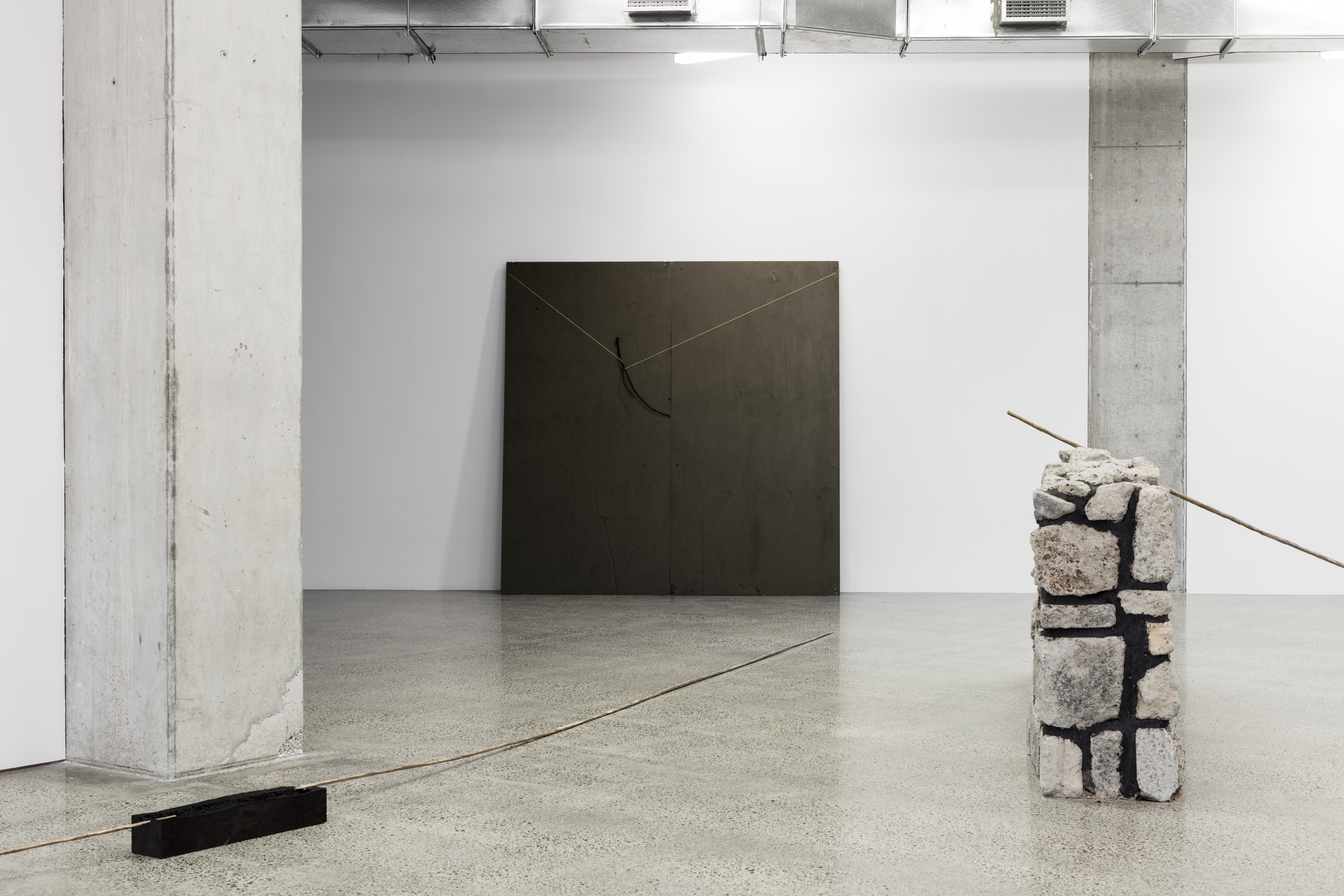


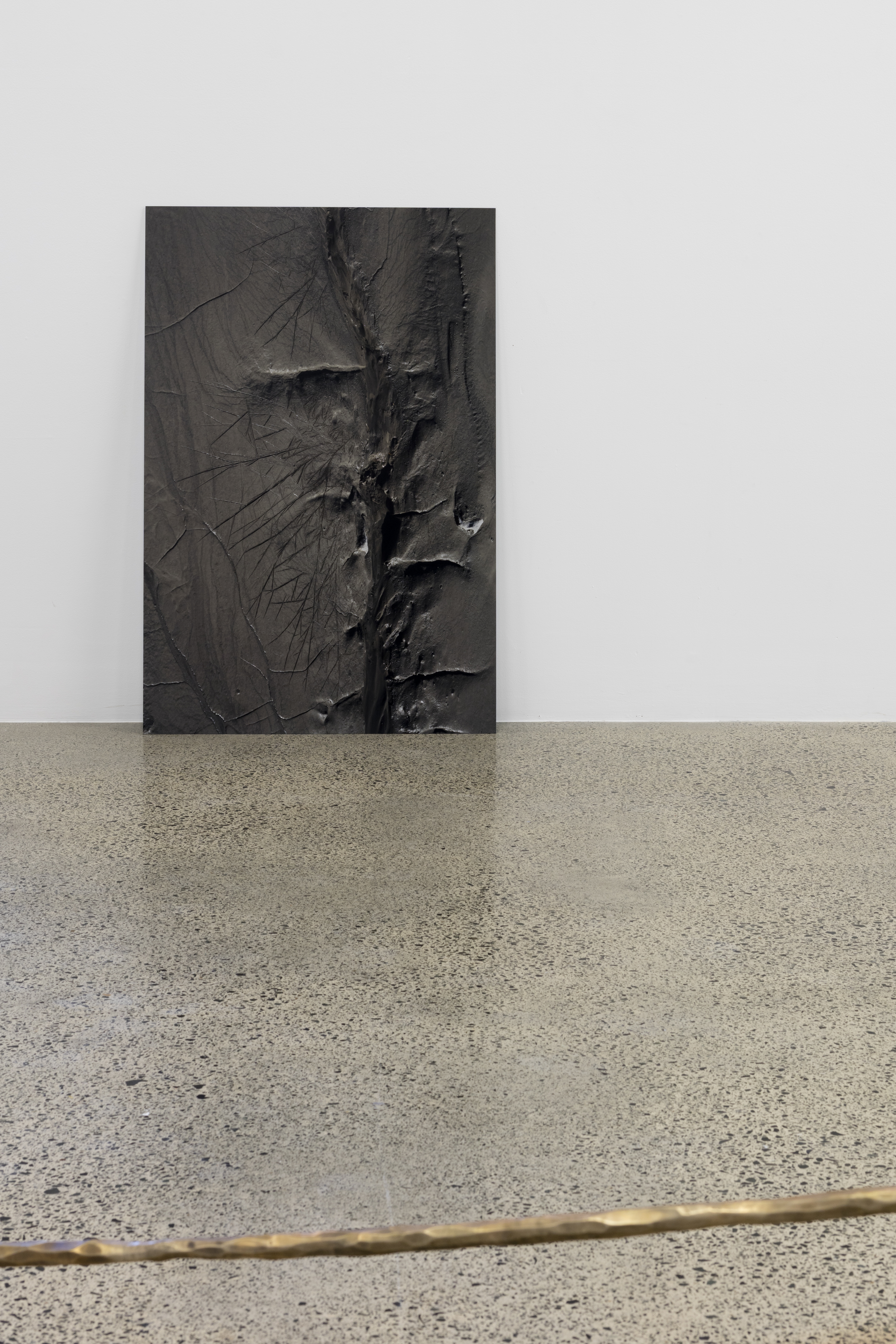
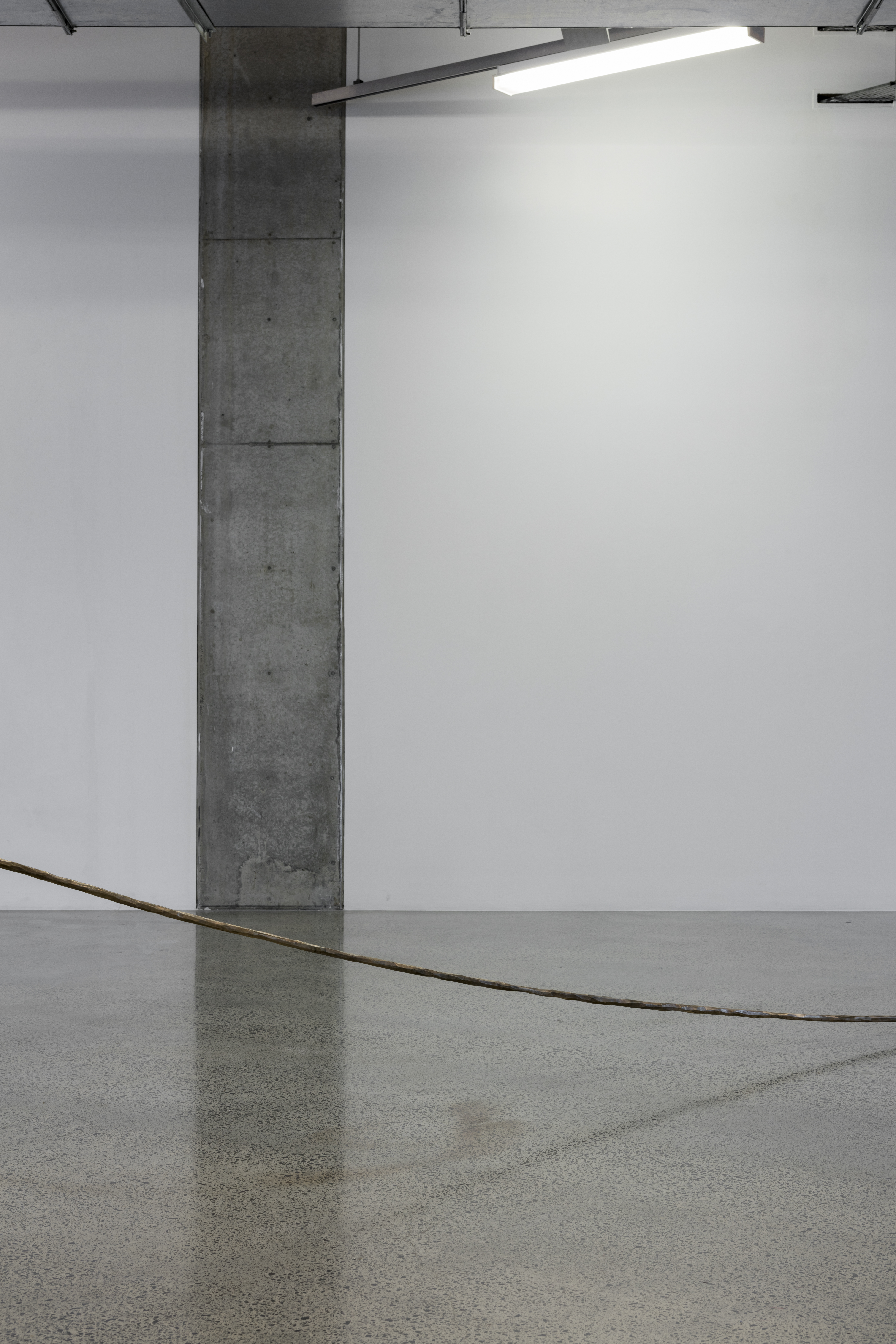


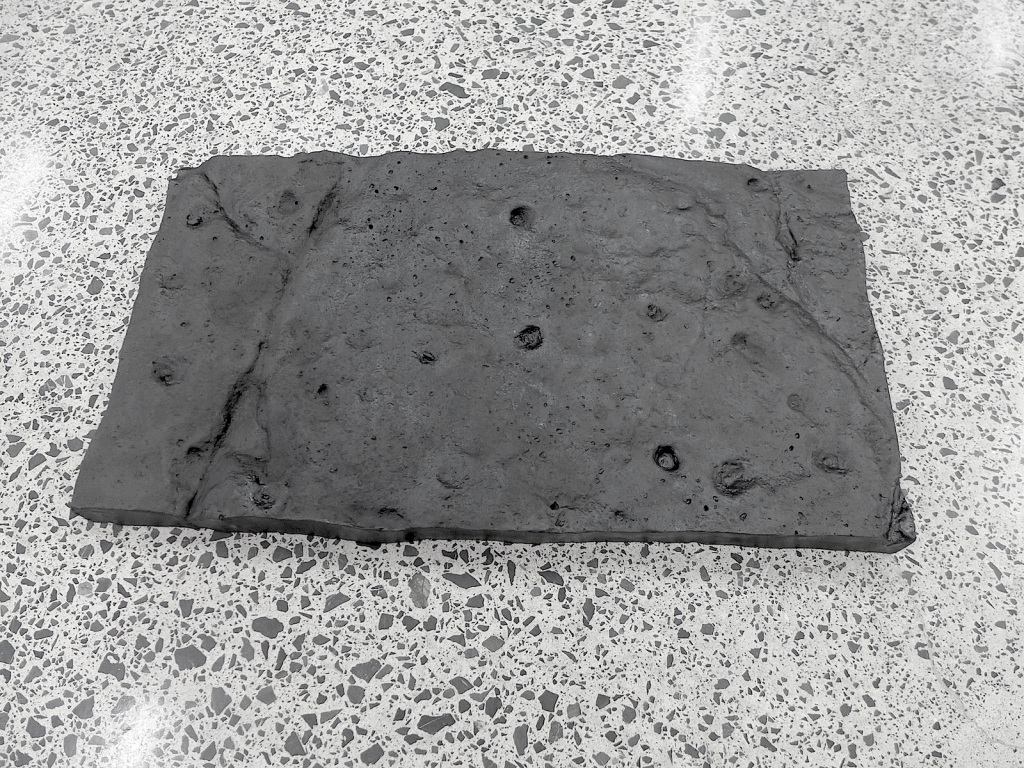


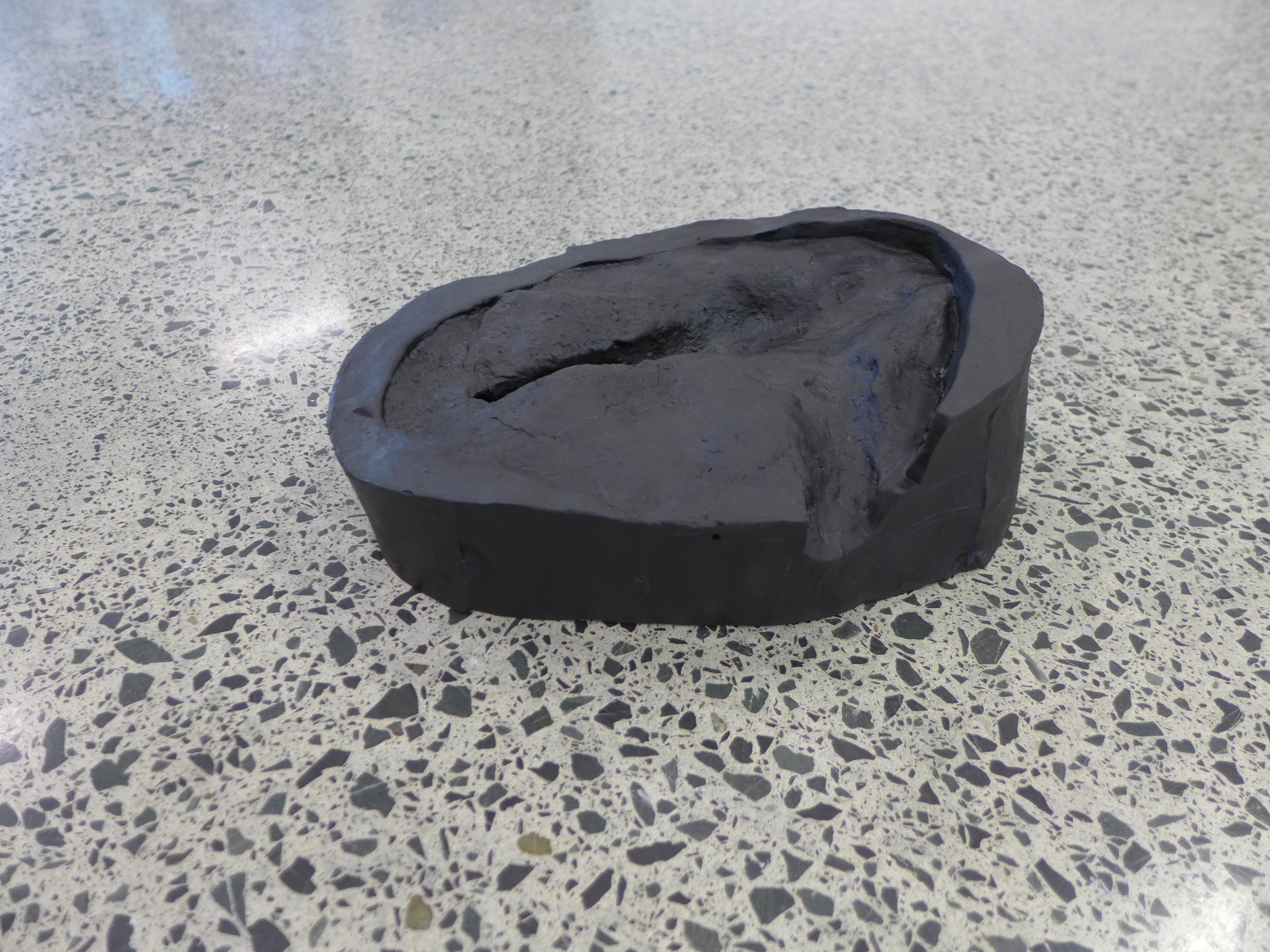
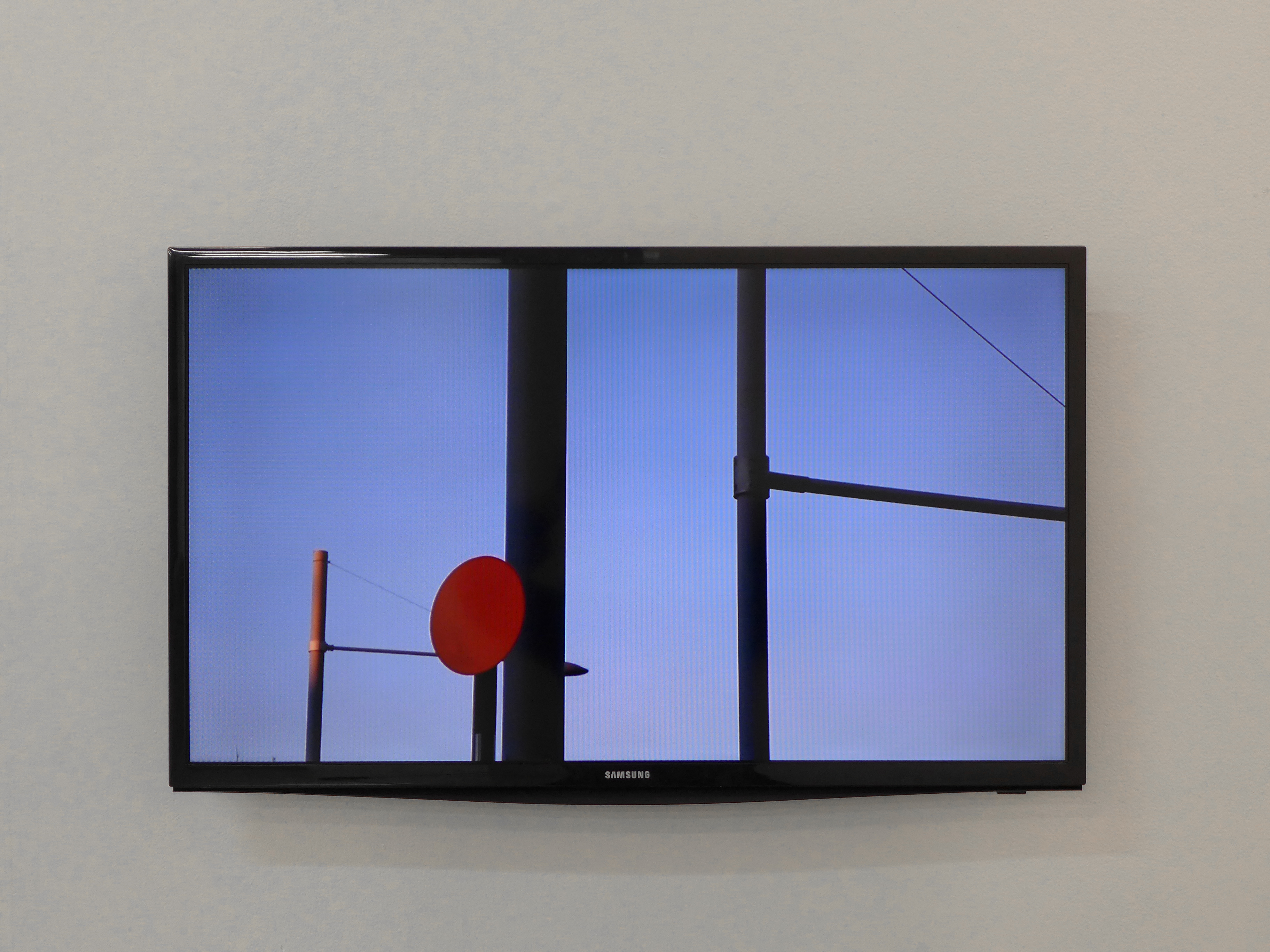
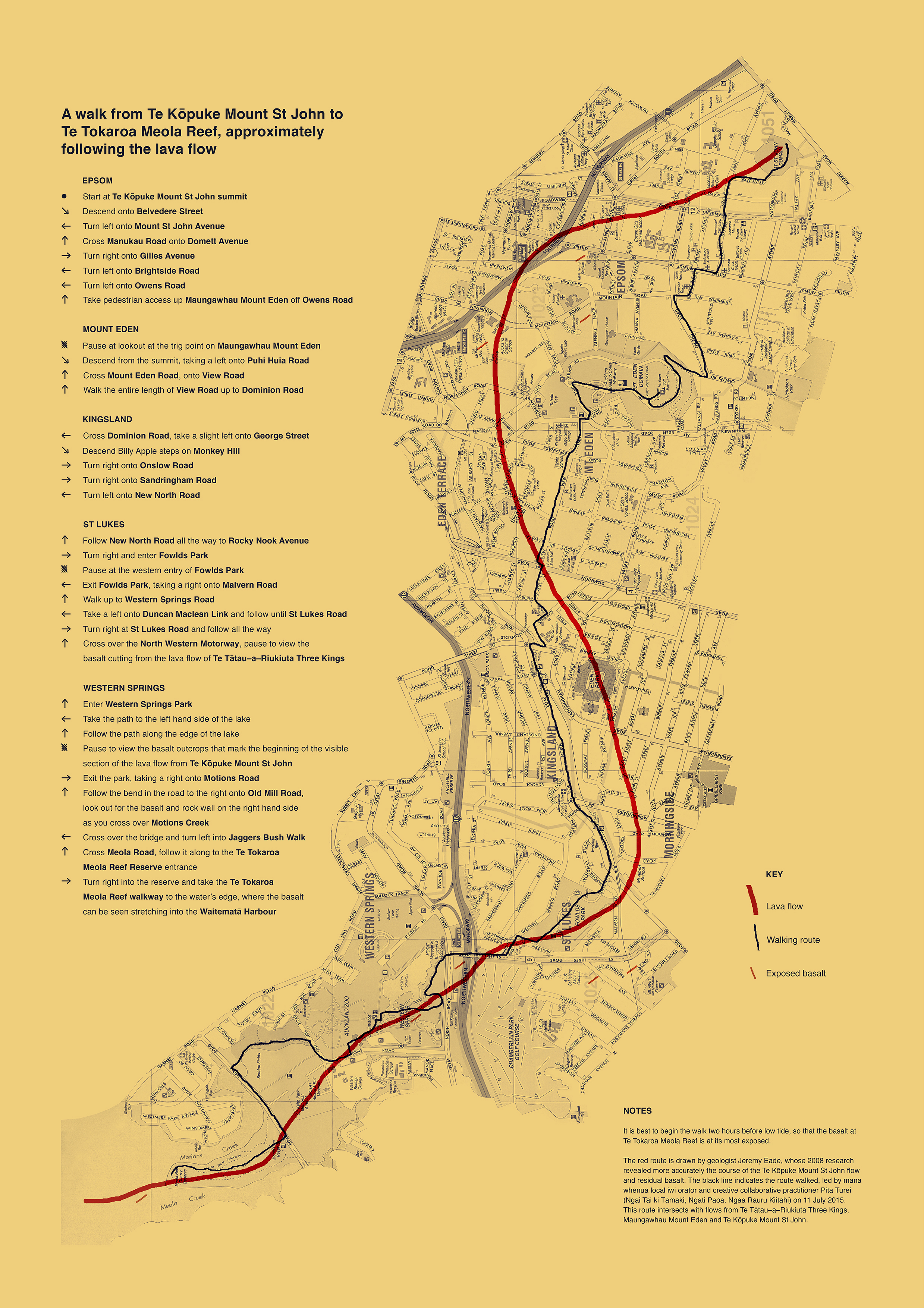
Two channel video projection:
HD video, 9:52 minutes, looped. Footage by Joe Jowitt, Mischa Chaleyer-Kynaston, Bianca Hester, edited by Bianca Hester and Joe Jowitt
Participants in the walk:
From Te Kōpuke Mount St John to Te Tokaroa Reef on 11 July, who feature in this film, include: Fiona Amundsen, Sosefina Andy, Alison Annals, Xin Cheng, Paul Cullen, Layla Tweedie-Cullen, Abby Cunnane, Eve Cunnane, Jeremy Eade, Shane Fairhall, Mark Henley, Bianca Hester, Rebecca Ann Hobbs, Tracy Marie Howe, Charlotte Huddleston, Susie Hunt, Dieneke Jansen, Joe Jowitt, Matt Kambic, Mischa Chaleyer-Kynaston, Jeremy Leatinu‘u, Ziggy Lever, Lucy Meyle, Li-Ming Hu, Jenny Palmer, Reba Pinto, Monique Redmond, David Rhode, Carmel Rowden, Deborah Rundle (and canine friend Hari), Maneesha Sakamuri, Mark Schroder, Sarah Smuts-Kennedy, Harriet Stockman, Akira Tamura, Aydriannah Tuiali‘i, Pita Turei, Layne Waerea, Sarah Wall and Lyn Wilson.The walking event began with a Matariki ceremony on Te Kōpuke Mount St John and a karakia on Maungawhau Mount Eden, led by local iwi orator and creative collaborative practitioner Pita Turei (Ngāi Tai ki Tāmaki, Ngāti Pāoa, Ngaa Rauru Kiitahi). Geologists Jeremy Eade and Tracy Marie Howe also spoke at points during the walk.
Map of the walk:
Between Te Kōpuke Mount St John and Te Tokaroa Meola Reef as a risograph print on A3 paper, designed by Layla Tweedie-Cullen, 1000 copies
Ply wall and branch:
A giant cutting involving the displacement of some 180,000 cubic metres of material, Waterview Tunnel interrupts the social function and existence of many neighbourhoods. The ply wall and cast bronze tītoki branch come from Herdman Street, remnants of the site in transition)
Cast patinated bronze and found ply, painted
Concrete rubble wall:
Recycled concrete, mortar, oxide. Constructed by Paea Veamoi, Stoneage Fencing (borrowing the form of many karā and scoria walls present across the city, this wall is composed of concrete rubble sourced from recent demolitions around Auckland).
Black oxide sculptures:
Plaster, oxide, dimensions variable (the floor-based cast objects are surface impressions taken from two fossil sites at Ihumātao and Takapuna Beach. At Ihumātao, the casts were taken from surfaces composed of layers of volcanic ash that erupted from Maungataketake Ellet’s Mountain around 50,000 years ago, which trapped debris including pumice as it solidified. At Takapuna Beach, the casts were taken from basaltic surfaces that result from lava flows from the Pupuke volcano, which flowed into a forest that once stood at the site, trapping tree stumps and forming cylindrical ‘moulds’).
A0 photographic image:
Photographic print on aluminium composite board (an image of mud at the lowest part of the ground in Wiri North Quarry, formerly Matukutūruru Wiri Mountain).